All Stories
-
 Climate
ClimateHistorical writings reveal how people weathered the Little Ice Age
Records from 500 years ago document floods, famine and death in 16th century Transylvania due to wild weather swings during the Little Ice Age.
By Alex Viveros -
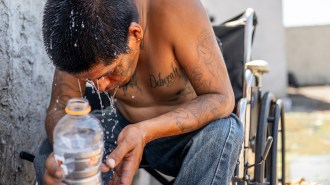 Climate
ClimateJust a small rise in global temperatures could be deadly
As early as mid-century, an area of land that adds up to the size of the U.S. could hit temperatures hazardous for human health.
By Meghan Rosen -
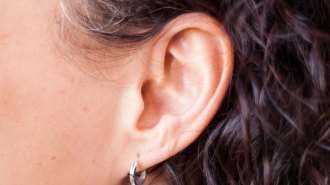 Neuroscience
NeuroscienceWiggling ears may have once helped us hear
These ancient ear muscles may provide a readout of a person's hearing efforts.
-
 Psychology
PsychologyBreaking negative thought patterns could ward off anxiety, depression
Getting stuck in a negative loop is part of many mental health disorders. A new therapy focuses more on these thought patterns than the thoughts themselves.
By Sujata Gupta -
 Earth
EarthSpooky floating lights in South Carolina could be earthquake farts
Gases that rise from the earth during earthquakes could explain strange sightings of floating balls of light.
By Nikk Ogasa -
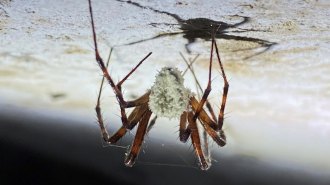 Animals
AnimalsA fungus named after Sir David Attenborough zombifies cave spiders
The new fungus species Gibellula attenboroughii forces reclusive cave spiders to exposed areas, likely to benefit spore dispersal.
-
 Health & Medicine
Health & MedicineA man volunteered to get brain implants for depression. Hear his story
In the first episode of The Deep End Podcast, we meet Jon Nelson, who shares why he volunteered to get brain implants for his relentless depression.
-
 Astronomy
AstronomyA fast radio burst from a dead galaxy puzzles astronomers
A blast of radio waves from the outskirts of an ancient galaxy challenges theories about what creates such bursts.
-

-

A daring plan to hold back the sea
Editor in chief Nancy Shute discusses the audacious ways scientists are considering to combat Earth's rising sea levels.
By Nancy Shute -
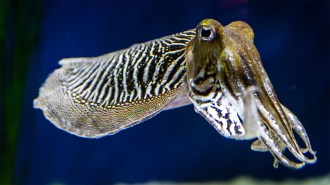 Animals
AnimalsCuttlefish ink may overwhelm sharks’ sense of smell
The main component of common cuttlefish ink — melanin — strongly sticks to shark smell sensors, possibly explaining why the predators avoid ink.
-
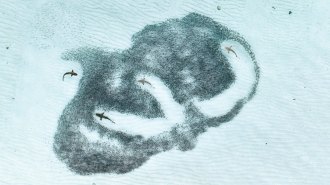 Animals
AnimalsThis bird’s eye view of a shark hunt won a photo contest
A snapshot of blacktip reef sharks hunting hardyhead silverside fish won the 2024 Royal Society Publishing Photography Competition.